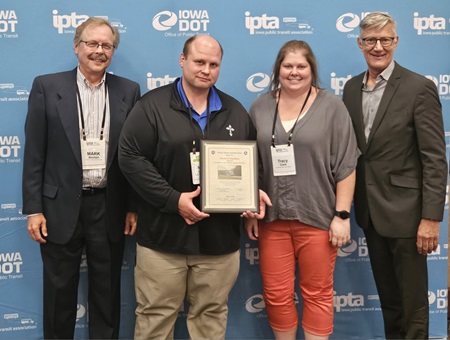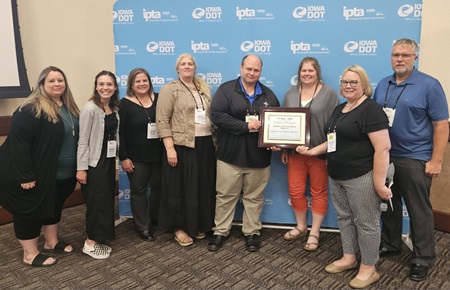(Radio Iowa) – The governor is extending the disaster proclamation for Sioux, Cherokee, and Sac counties for a full month due to confirmed cases of highly pathogenic avian influenza in all three counties. State veterinarian Dr. Jeff Kaisand says state and federal teams are working closely to trace how the 11 recent bird flu outbreaks in dairy cattle herds in northwest Iowa may be linked to things like dairy workers, feed, delivery trucks, or wild birds flying through the area. “We are trying as hard as we can right now to identify — with producers’ cooperation — what those connections are and it may not just be one thing,” Kaisand says. “That’s why it’s very important that producers put biosecurity plans in place on their farm and looking at how they are connected to the outside world.”
While much is being learned about the virus and how it spreads, Kaisand says many new questions continue to emerge. “For weeks, the virus can be found in the milk of cows, so any type of contact with infected milk, whether it’s a cow going through a milking parlor, any contact with milk,” Kaisand says, “so we do know there’s cow-to-cow transmission and movements of cows from an infected farm to another farm can carry the virus.” Starting July First, the state will require all dairy exhibitors to complete bird flu testing within seven days of moving to an exhibition, like at county fairs, to minimize the potential spread of the virus. Researchers are puzzled by cases where there’s been no movement of cattle from farm-to-farm and bio-security measures were followed, yet the virus has spread.
“What’s circulating in dairies has been found in what’s called pari-domestic birds, starlings and grackles,” Kaisand says. “It’s not as of yet — and it may be because we haven’t tested enough wild birds — but it’s not been found in the migratory birds, so whether that’s a pathway, we’re also not sure.”
The governor’s extension of the disaster proclamation for the three counties through July 26th allows state resources to be used to help with tracking and monitoring, rapid detection, containment, disposal, and disinfection.







